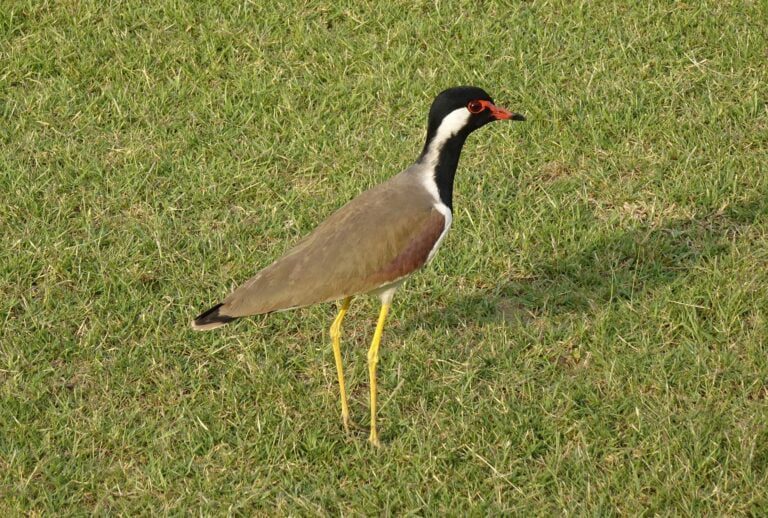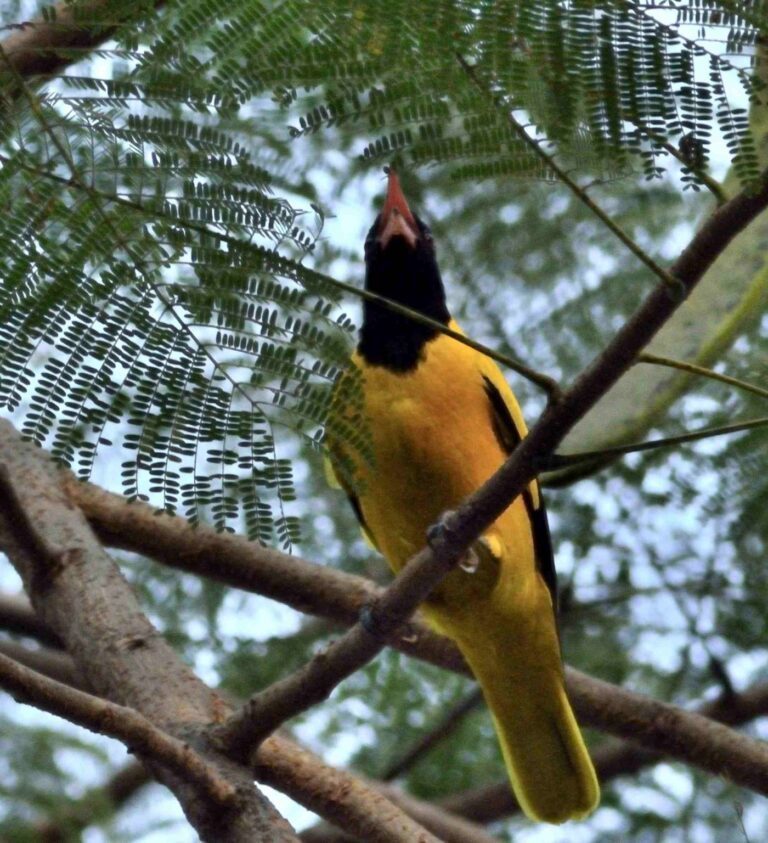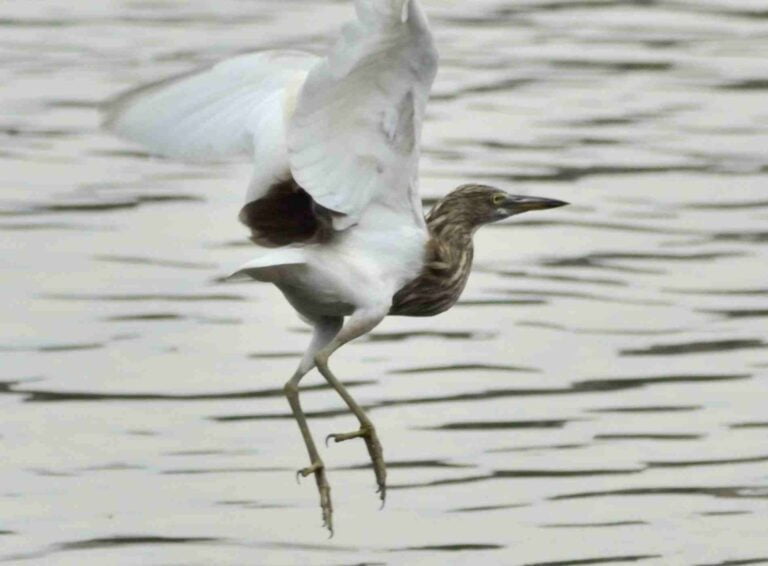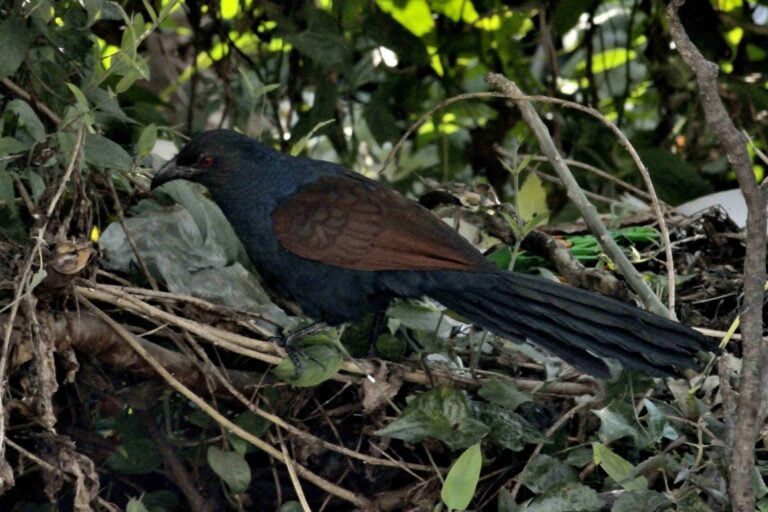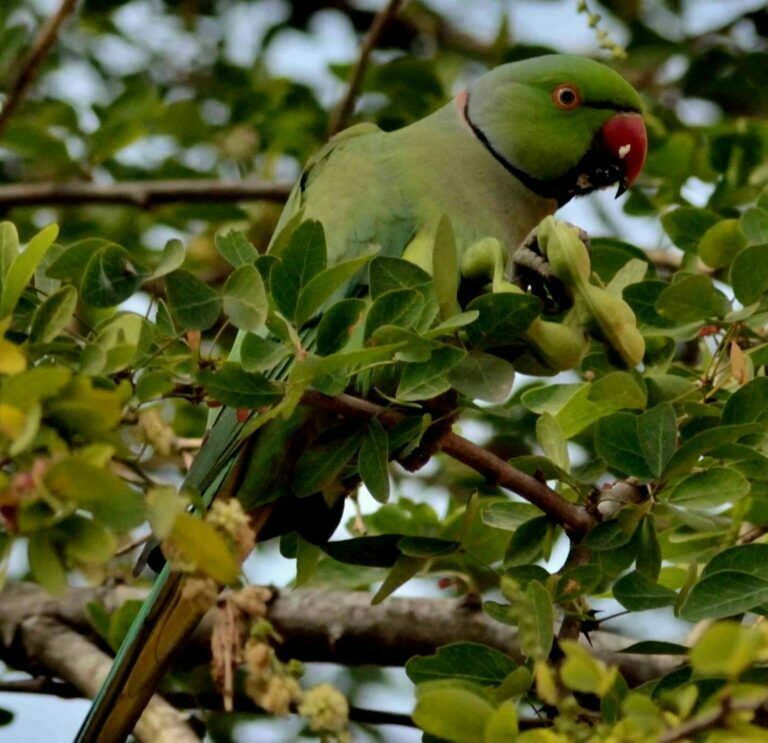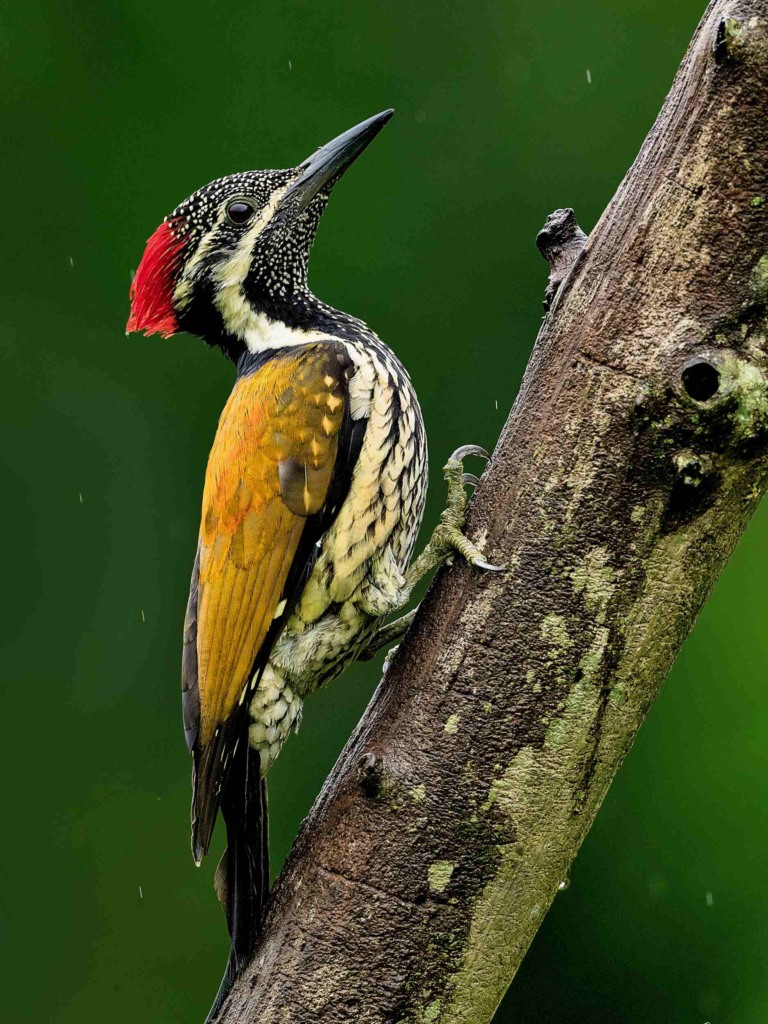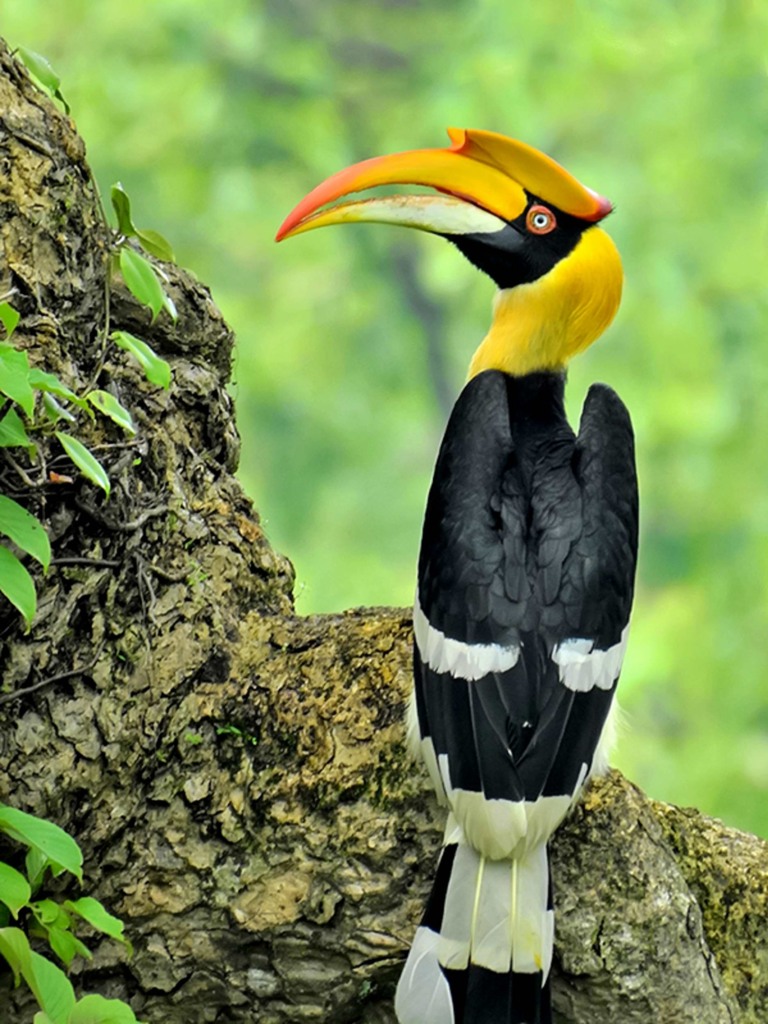The Green bee-eater is now three different kinds of birds. These are the Asian green bee-eater (Merops orientalis), African green bee-eater (Merops viridissimus), and Arabian green bee-eater (Merops cyanophrys). I have only taken photos of one of them, “Merops orientalis”. So I will only write about the Asian green bee-eater (Merops orientalis) in this article. Please leave a comment or send me an email if you want to know about the other two bird species. So let’s start. বাংলা নাম:- সুঁইচোরা /বাঁশপাতি
Green Bee Eater
The Asian Green bee-eater (Merops orientalis), formerly called the Green Bee-eater and also called the Little Green Bee-eater, is a bird in the family of bee-eaters. It lives all over sub-Saharan Africa, from Senegal and the Gambia to Ethiopia, the Nile valley, western Arabia, and Asia, from India to Vietnam.
Merops orientalis tends to move around during the different seasons. They mostly eat insects and live in grassland, thin brush, and forest, which is often a long way from water. There are different types of plumage in different parts of the world, and several subspecies have been named. The English ornithologist John Latham was the first person to use the green bee-eater’s current binomial name when he wrote about it in 1801. Several groups of people have been named subspecies.
Birds Description
This bird species, like other bee-eaters, is a thin bird with bright colors. It is about 9 inches (16–18 cm) long, and the feathers in the middle of its tail are about 2 inches long. Both males and females look the same. All of its feathers are bright green with blue highlights, especially on its chin and throat. The crown and the top of the back have a golden color.
The flight feathers are reddish brown with a greenish wash and a blackish tip. A thin black line goes in front of the eye and back behind it. The eye is red, the bill is black, and the legs are a dark grey color. The three toes are joined at the base, making the feet weak.
Southeast Asian birds have rufous heads and green bellies, but the Arabian beludschicus has a green head, a blue face, and blue bellies. It has green wings and a black beak. The long tail feathers are absent in young birds. The male and female birds are the same. The call is a nasal trill that sounds like “tree-tree-tree-tree.” It is usually given while the bird is flying. People with leucism have been seen.
Birds Habitat
Distribution and habitat: This bird is common and pretty tame, so it is easy to spot wherever it lives. It is a bird that lives in open areas with bushes where it can breed. It lives in dry places in Africa and Arabia, but it has a wider range of places to live in the east. This type of bird often hunts from perches that are only a meter or so high. It uses fence wires and electric wires with ease. They can be found far from water, unlike some other bee-eaters.
Most of the time, you can find them in the plains, but sometimes you can find them up to 5000 or 6000 feet in the Himalayas. They live in the lowlands of South Asia, where some populations move seasonally, but the patterns aren’t clear. In the rainy season, they go to places that are drier, and in the winter, they go to places that are warmer. In some parts of Pakistan, they come during the summer.
Behavioral Ecology
Behavior and ecology: Like most other species in the same genus, bee-eaters eat mostly insects, especially bees, wasps, and ants, which they catch in the air by taking off from an open perch and flying after them. Before swallowing its food, a bee-eater repeatedly hits it on its perch, which removes the stinger and breaks the exoskeleton.
No one knows where they come from, but they move seasonally when it rains. The mornings are slow for these birds, and you can often find them huddled together on wires, sometimes with their bills tucked behind their backs, long after sunrise.
They bathe in the sand more often than other species of bee-eaters, and sometimes they bathe in water by flying through it. They are usually seen in small groups, and large numbers of them often roost together (200-300). At the roost site, the birds move around and call out loudly. They often scatter in a big way before returning to the roost tree.
Little Green Bee Eater
The little green bee-eater is also becoming more common in urban and semi-urban neighborhoods. It has been seen sitting on TV antennae before taking off in a short, zigzag flight to catch an insect and then coming back to the same spot to eat it. Most of the time, this behavior is seen between 7:00 and 8:00 am and after 4:00 pm.
From March to June, the birds have their young. Unlike many other bee-eaters, these birds usually nest alone in a tunnel they dig in a sandy bank. Helpers often join the breeding pairs. They live in holes in mud banks that stand up straight. They build a nest tunnel that can be up to 5 feet long. At the end of the tunnel, they lay 3-5 eggs on the bare ground in a hole.
The eggs are very round and white with a shiny finish. The size of the nest depends on how much rain there is and how many insects there are to eat. Both sexes can lay eggs. The eggs don’t all hatch at the same time. It takes about 14 days for the chicks to grow up enough to fly away. In the fledgling stage, their body weight goes down.
A study suggested that green bee-eaters may be able to figure out what people are doing by watching them. They were able to figure out if a person in a certain place would be able to see the nest entrance and then act in a way that wouldn’t give away the nest’s location.
People used to think that only primates could see things from the point of view of others. In southern India, there were 157 birds per square kilometer of riverside habitat, 101 birds per square kilometer of farmland, and 43–58 birds per square kilometer near people’s homes. They eat bugs that fly and can sometimes be a problem for people who keep bees.
Most of what they ate were beetles and then hymenopterans. Orthopterans seem to be left alone. They have been known to eat crabs on occasion. Like most other birds, they make pellets out of the tough parts of the food they eat. An endoparasitic nematode (Torquatoides balanocephala) sometimes infects their gizzard. In India, a parasite called Haemoproteus manwelli has been found in their blood.

